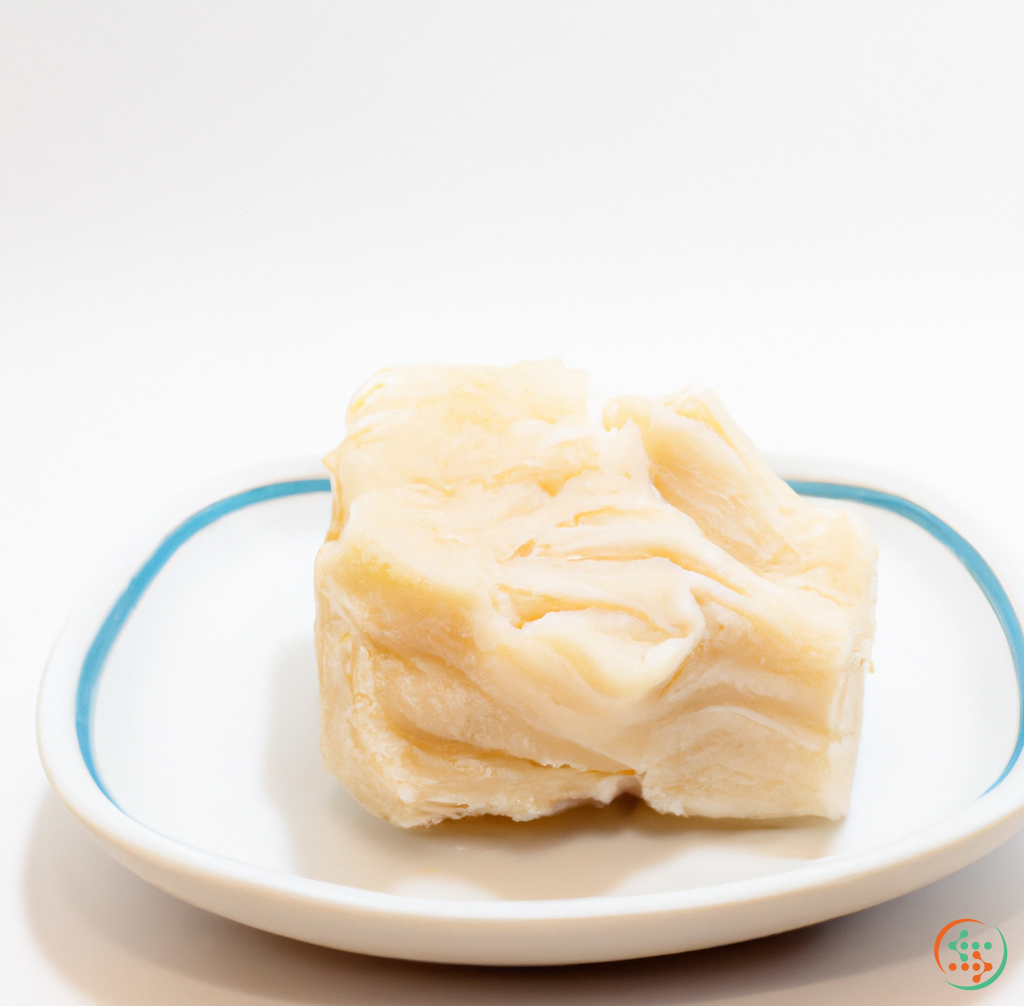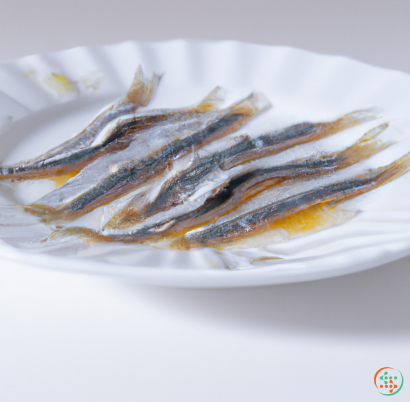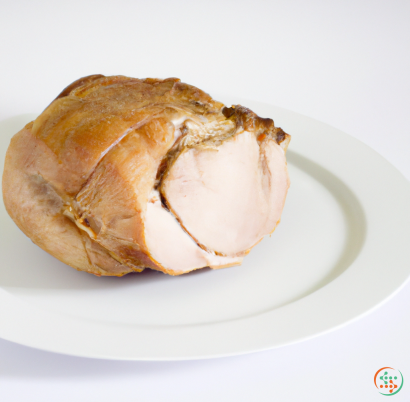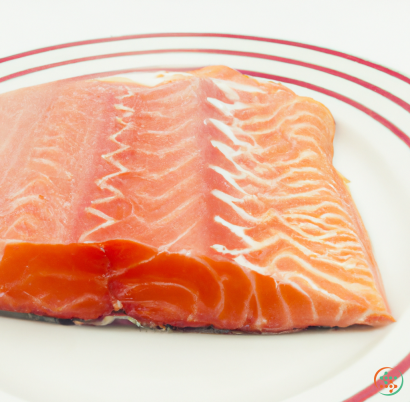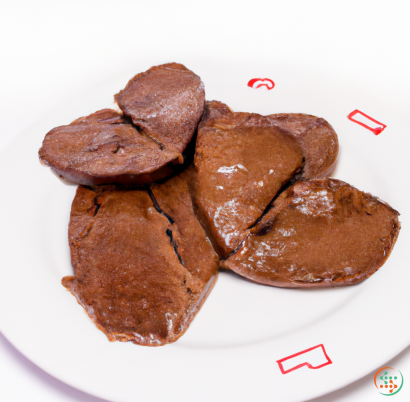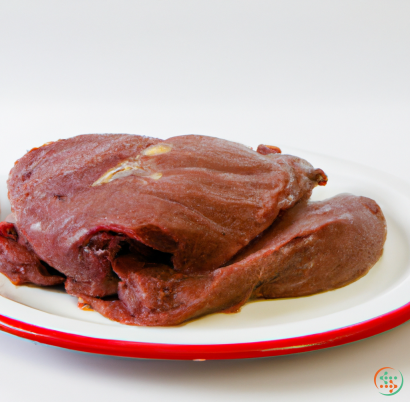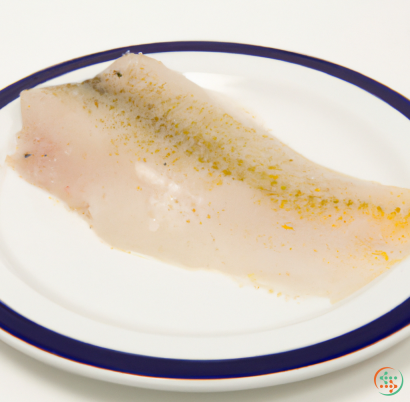Turkey Fat
Turkey fat, or schmaltz, is something that many people are familiar with but don’t necessarily know what it is or why it is so popular in holiday cooking. In this blog post, we are going to take a look at the history, uses, and health implications of turkey fat, so that you can make an informed decision about whether or not you want to include it in your holiday meal.
First, let’s define what turkey fat is. It is the fat that is found just beneath the skin of a turkey and is rich in flavor. The fat itself is a cream-colored, waxy solid and has a strong flavor and odor. The fat itself can range from very soft to hard and is usually removed before roasting.
Now that we know what it is, it’s time to look at its history. Turkey fat has been around for centuries and has been used in various forms of cooking. According to historians, the use of turkey fat dates back to at least the early 1800s when it was used to add flavor to recipes. It was especially popular in Eastern European cuisine, where it is still used extensively today.
The most common way to use turkey fat is as a replacement for butter or oil in a recipe. In fact, some recipes call for turkey fat as a part of the ingredients. For example, it is often used to make a rich and flavorful gravy. In addition, it can be used when cooking potatoes, vegetables, and roasts. It adds an extra layer of flavor and richness to the dish which adds to the overall taste.
It is also used for sautéing and roasting. Turkey fat has a high smoke point, which means it won’t burn easily, making it a great choice for higher-heat cooking methods. Turkey fat is extremely versatile and can also be used as a spread, as a topping for baked potatoes, as a topping for toast, or as a base for making sauces and gravies.
While it is commonly used in traditional holiday meals, turkey fat is also a great option for everyday cooking. In fact, some people incorporate it into their daily meals in order to get the flavor and health benefits that it provides.
This brings us to the health benefits that are associated with turkey fat. The fat itself is high in monounsaturated fatty acids, which can help to reduce bad cholesterol and increase good cholesterol. In addition, it is a good source of vitamin E, which can help to protect the cells from damage caused by free radicals.
In addition to its potential health benefits, many people enjoy the taste of turkey fat. It has a unique and intense flavor that can enhance the flavor of many dishes. There are many different recipes that take advantage of turkey fat, from roasted turkey to potatoes au gratin. It can also be used as a topping on roasted vegetables to add an extra level of flavor.
In conclusion, turkey fat has a long and varied history, it is versatile and can be used in a variety of ways, and most importantly, it offers potential health benefits. While it may not be the healthiest choice, it can be a great alternative to butter and oil if used in moderation. Whether used in traditional holiday dishes or as an everyday cooking tool, turkey fat can be a great way to add flavor to many dishes.
How a Turkey Fat Gets From a Farm to Your Dinner Plate
Tucked in between Thanksgiving feasts and Christmas roasts, lies the journey of a turkey fat, from the farms where it is raised to the dinner table where it is enjoyed. This journey, while it may seem simple, encompasses many steps, from collection and transportation to production and packaging. It is not just the turkey fat, but an intricate interplay of processes that brings this holiday favorite to those who love it.
Turkey fat, like all fats, is formed from fatty acids, or the building blocks of fat, which are essential for healthy living. In turkeys, the fatty acids are produced in the liver and fat cells and are then stored in deposits around the body. The deposits are found in almost all parts of the turkey’s body, from skin to skeletal muscle to liver and even connective tissues.
When a turkey is getting ready to be butchered on the farm, fat is the next step in the process. Firstly, the carcass is removed from the cage, and then it is then placed onto a plucker-scraper machine. This contraption contorts the bird’s body, allowing it to separate the skin from underlying fat deposits and also removes feathers, bones, and other unwanted parts. After the fat has been collected, it is then left to cool.
Once cooled to a temperature that is safe for handling, the fat is collected and transported off the farms. Generally, it is sent in bulk with other turkey parts for organization and cost efficiency, although some may be sent separately. Transportation takes place in large refrigerated trucks that travel the distance between farms and processing centers. During this time, the fat is kept at a constant temperature to ensure its quality and shelf life.
Once it arrives to the processing facility, the fat is sorted into categories, from white to dark. Dark fat is generally used for different types of products such as soup stocks, while white fat is considered higher quality and is used for many of the butter and spreads we find on grocery store shelves.
At the plant, the turkey fat is further processed. Firstly, it is washed and drained of any leftover particles or dirt. After that point, it’s put through rendering, a process which uses high temperatures to dissolve the cells and transform the fat into a liquid form. After that point, the liquid is then put through a centrifuge, which separates out any impurities, such as bone and skin. What’s left is a liquid fat that's ready for different uses.
The next step for the liquid fat is to get it into a usable form for consumers. For packaged fats or butters, the oil is poured into molds and hardened using either cold or hot temperatures. If a liquid oil is desired, the oil is bottled and then labeled. If the fat is to be used for food ingredients, such as margarine, it is taken down into smaller units and sent out to bakeries or other food manufacturers.
The oil is then packaged and shipped out accordingly. If bottled, the oil is packaged into gallon jugs, while more processed products, like store-bought margarine, are packaged into sticks or tubs. Whichever method of packaging is chosen, it is a necessity that materials used to package the products must be approved by the FDA and also require that there be accurate labeling of the products’ contents, as well as any potential allergens associated with them.
Finally, after a long journey, the turkey fat finds its home in the mouths of those who love it, to be added to a dish, to add flavor and texture, or to used for cooking and baking. Whether it comes in a stick or a tub, or a bottle at the end of the day, we consume the result: the deliciousness of turkey fat.
In our increasingly globalized world, turkey fat can makes its way from its source across continents to the dinner plate. It is a complex journey, full of numerous steps, each requiring effort and attention to detail. From the farms to the processing centers, to stores and finally to your table, turkey fat’s story is one of innovation, production, and quality control. All of these steps come together into something ultimately enjoyable: a Thanksgiving feast, surrounded by friends and family.
| Vitamin D | 0.0048 mg | |
| Vitamin D3 | 0.0048 mg | |
| Vitamin E | 0.0029 grams | |
| Vitamin B4 | 0.1224 grams |
| Selenium | 0.2 ug |
Daily Value 0.055 mg
|
| Total Sugars | 0 ug |
per 100g
|
| Myristic acid (14:0) | 0.9 grams |
|
| Palmitic acid (16:0) | 20.6 grams |
|
| Stearic acid (18:0) | 6.2 grams |
|
| Total Saturated fatty acids: | 27.7 g | |
| Oleic acid (18:1) | 35.9 grams |
|
| Palmitoleic acid (16:1) | 6. grams |
|
| Total Monounsaturated fatty acids: | 41.9 g | |
| Linolenic acid (18:3) | 1.4 grams |
|
| Linoleic acid (18:2) | 21.2 grams |
|
| Total Polyunsaturated fatty acids: | 22.6 g | |
| Cholesterol | 0.1 grams |
|
| Total Sterols: | 0.1 g | |
